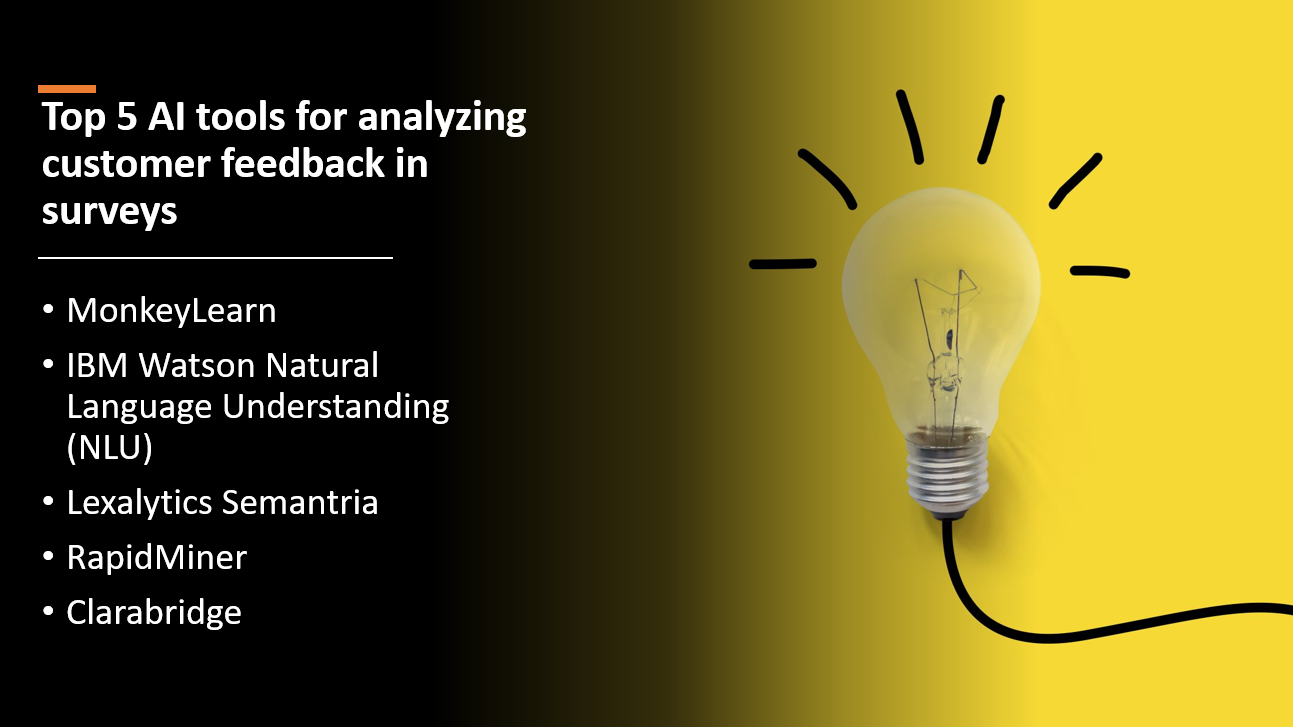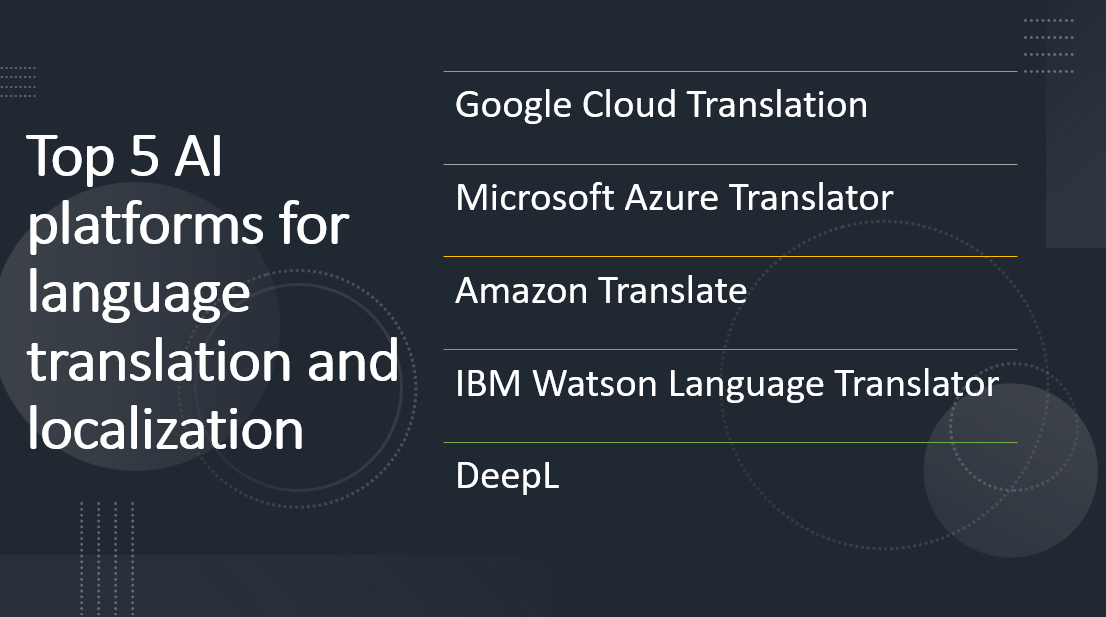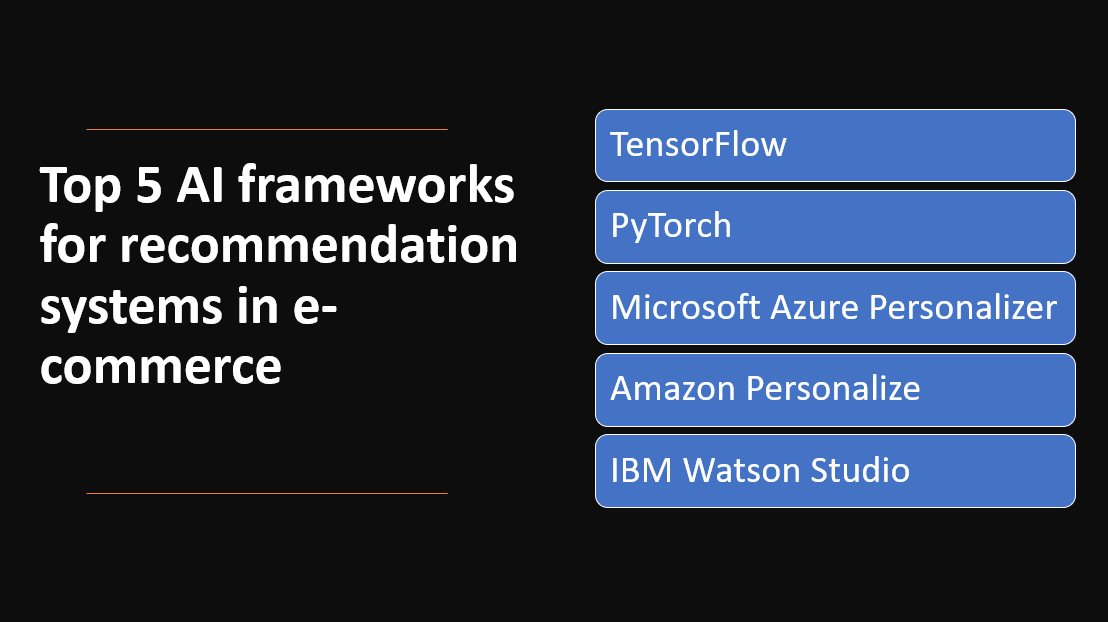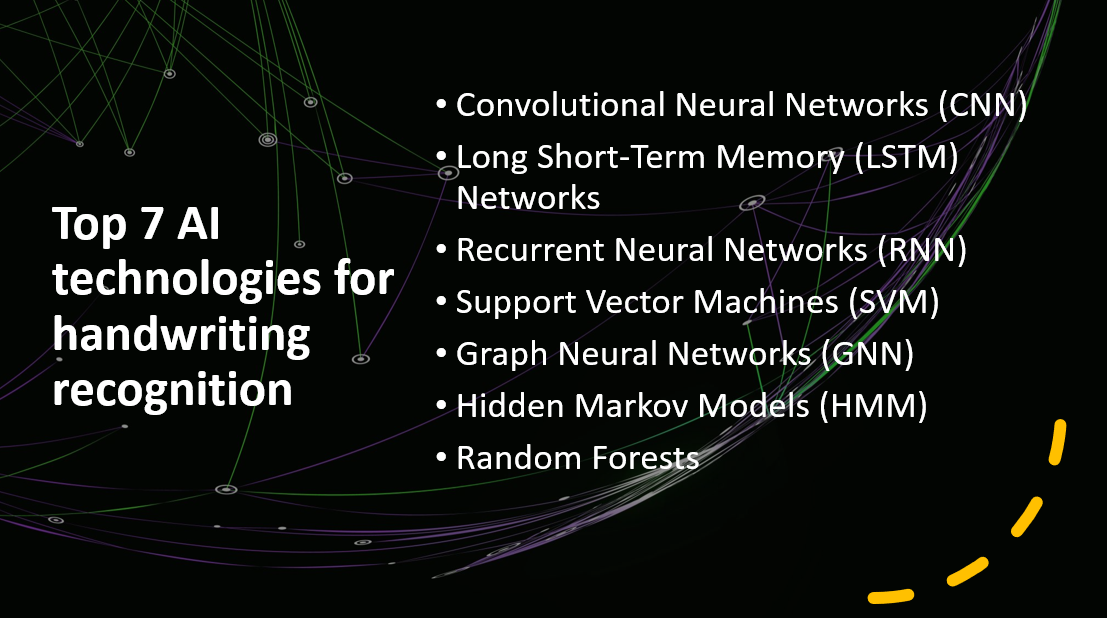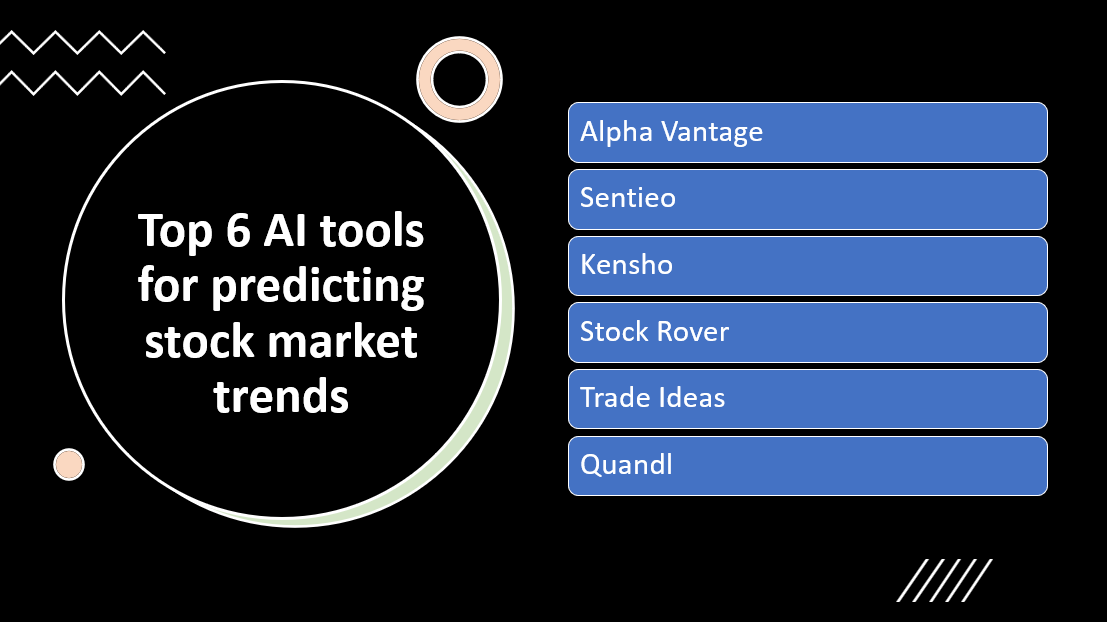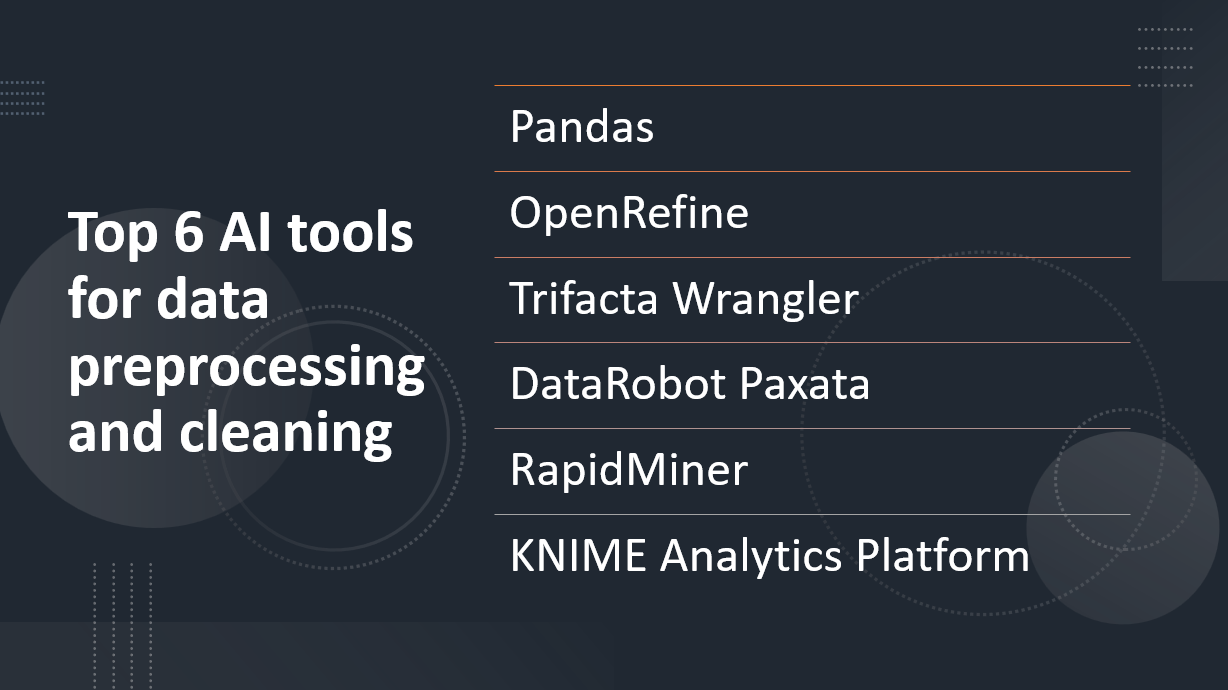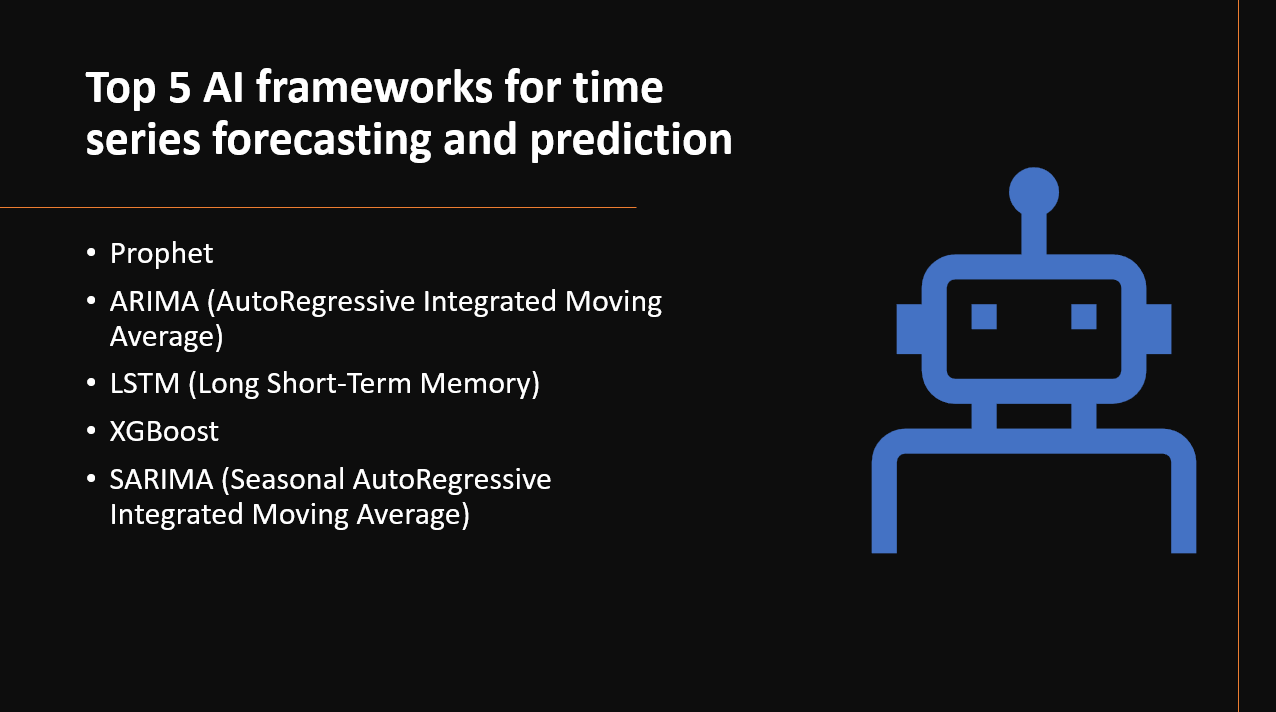
Introduction
Time series forecasting is a critical task in various domains, enabling businesses to predict future trends, make informed decisions, and plan resources efficiently. AI frameworks play a crucial role in handling time series data and applying advanced algorithms for accurate predictions. In this blog post, we will explore the top five AI frameworks for time series forecasting and prediction, empowering data scientists and analysts to extract valuable insights and achieve accurate forecasts.
Why Use AI frameworks for time series forecasting and prediction?
- AI frameworks use sophisticated algorithms for accurate time series forecasting.
- AI algorithms analyze historical data to make precise predictions, enabling data-driven decisions.
- AI automates the forecasting process, reducing the need for manual intervention.
- AI platforms can handle large volumes of time series data for extensive analysis.
- AI enables real-time or near real-time predictions for timely decision-making.
Related Reading:
Here are the top five AI frameworks for time series forecasting and prediction:
1: Prophet
Overview and Importance
Prophet is an open-source AI framework developed by Facebook for time series forecasting and prediction. It is designed to handle time series data with strong seasonal patterns and provides a robust and intuitive tool for analysts and data scientists to make accurate predictions. Prophet has gained popularity for its simplicity and ability to generate reliable forecasts for various time series applications.
Key Features and Capabilities
Automatic Seasonality Detection
- Prophet can automatically detect seasonal patterns in time series data, making it easier to model and forecast seasonal components accurately.
Flexible Trend Modeling
- The framework allows users to specify custom trend components and model various nonlinear trends present in the data.
Uncertainty Estimation
- Prophet provides uncertainty estimation for the forecasts, enabling users to understand the reliability of the predictions and account for potential variability in future projections.
2: ARIMA (AutoRegressive Integrated Moving Average)
Overview and Importance
ARIMA is a widely used AI framework for time series forecasting and prediction. It is a classical statistical method that can handle both trend and seasonality in time series data. ARIMA has been extensively used in various industries, such as finance, economics, and meteorology, due to its ability to capture complex temporal patterns and make accurate predictions.
Key Features and Capabilities
AutoRegressive (AR) Component
- ARIMA models incorporate the relationship between a data point and its lagged values to capture the autoregressive behavior of the time series.
Integrated (I) Component
- ARIMA handles non-stationary time series by differencing the data, converting it into a stationary series.
Moving Average (MA) Component
- The MA component models the error terms and their lagged values to capture the moving average behavior of the time series.
Related Reading:
3: LSTM (Long Short-Term Memory)
Overview and Importance
LSTM is a specialized AI framework for time series forecasting and prediction. It is a type of recurrent neural network (RNN) that addresses the vanishing gradient problem in traditional RNNs, making it more effective in capturing long-term dependencies and complex patterns in time series data. LSTM has gained popularity in various domains, including finance, weather forecasting, and natural language processing, due to its ability to model sequential data efficiently.
Key Features and Capabilities
Memory Cells
- LSTM uses memory cells with gating mechanisms to store and regulate information flow, allowing it to remember relevant information over long periods and mitigate the vanishing gradient problem.
Long-Term Dependency
- LSTM's design enables it to capture long-term dependencies in time series data, making it well-suited for forecasting tasks that involve extended temporal patterns.
Real-Time Prediction
- LSTM can make real-time predictions as it processes data sequentially, making it suitable for applications requiring immediate or continuous forecasting.
4: XGBoost
Overview and Importance
XGBoost is a popular AI framework for time series forecasting and prediction. It stands for "Extreme Gradient Boosting" and is an ensemble learning method known for its high performance and efficiency. XGBoost has gained widespread adoption in various domains, including finance, retail, and energy, due to its ability to handle complex data, nonlinear relationships, and missing values in time series datasets.
Key Features and Capabilities
Gradient Boosting
- XGBoost uses gradient boosting algorithms, combining the predictions of multiple weak learners (decision trees) to create a more accurate and robust forecasting model.
Regularization Techniques
- XGBoost employs regularization techniques such as L1 and L2 regularization to prevent overfitting and enhance generalization to new time series data.
Parallel Processing
- XGBoost can leverage parallel processing and distributed computing, making it scalable and efficient for handling large-scale time series datasets and accelerating the training process.
Related Reading:
5: SARIMA (Seasonal AutoRegressive Integrated Moving Average)
Overview and Importance
SARIMA is a specialized AI framework designed for time series forecasting and prediction, particularly for data with seasonal patterns. It is an extension of the ARIMA model that incorporates seasonal components to capture the seasonal variations in the time series data. SARIMA has become widely used in various industries, including retail, supply chain, and finance, where understanding and forecasting seasonal trends are crucial for decision-making.
Key Features and Capabilities
Seasonal Decomposition
- SARIMA incorporates seasonal differencing and autoregressive and moving average terms to capture the seasonal patterns in the data.
Flexibility
- SARIMA is flexible and can handle time series data with both short-term and long-term seasonal patterns, making it suitable for a wide range of applications.
Forecasting Accuracy
- SARIMA models have shown promising results in accurately forecasting time series data with complex seasonal variations, providing valuable insights for planning and optimization.
Conclusion
AI frameworks are significant for accurate time series forecasting and valuable insights. The top five frameworks are Prophet, ARIMA, LSTM, XGBoost, and SARIMA. They handle various time series data and enable efficient decision-making for business planning and resource allocation. Data practitioners should explore and leverage these AI frameworks to enhance time series forecasting capabilities and optimize their business strategies effectively. AI-driven time series forecasting provides a competitive edge in dynamic markets, leading to improved performance and better decision-making processes.

